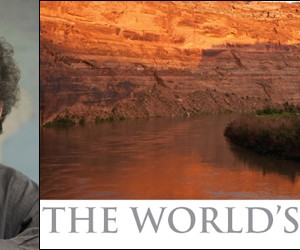 More and more regions around the world – from the Yellow River in China to the Great Plains in the United States – are reaching their “peak water” limits, according to the latest biennial report on freshwater resources by the Pacific Institute for Studies in Development, Environment, and Security.
More and more regions around the world – from the Yellow River in China to the Great Plains in the United States – are reaching their “peak water” limits, according to the latest biennial report on freshwater resources by the Pacific Institute for Studies in Development, Environment, and Security.
The seventh volume of The World’s Water analyzes the role of climate change in transboundary water politics, looks at the corporate risks and responsibilities around water, probes the effects of fossil fuel production on water quality, and lays out the need for reform and a soft-path approach to U.S. water policy.
The study also looks at Australia’s decade-long drought as a case study for other parts of the world — including California and the Western United States — and explores the regional and global consequences of China’s rampant dam-building policy. Other topics include bottled water, The Great Lakes Water Agreement, and how water impacts security.
“The idea behind this book is to provide a regular update on the state of the world’s water – what progress have we made in solving water problems, where are we falling behind – and to provide an update on data,” said Dr. Peter Gleick, president of the Pacific Institute and lead author of the report. “We also look back over a long period of time at the trends, and the fact that this is now Volume 7 gives us an increasingly long view on water issues.”
Circle of Blue spoke with Gleick about the report and the state of the world’s water.

 More and more regions around the world – from the Yellow River in China to the Great Plains in the United States – are reaching their “peak water” limits, according to the latest biennial report on freshwater resources by the Pacific Institute for Studies in Development, Environment, and Security.
More and more regions around the world – from the Yellow River in China to the Great Plains in the United States – are reaching their “peak water” limits, according to the latest biennial report on freshwater resources by the Pacific Institute for Studies in Development, Environment, and Security.

